Here we are at Sequoia/Kings Canyon National Park and then the final five sequoia images are at Calaveras Big Trees…

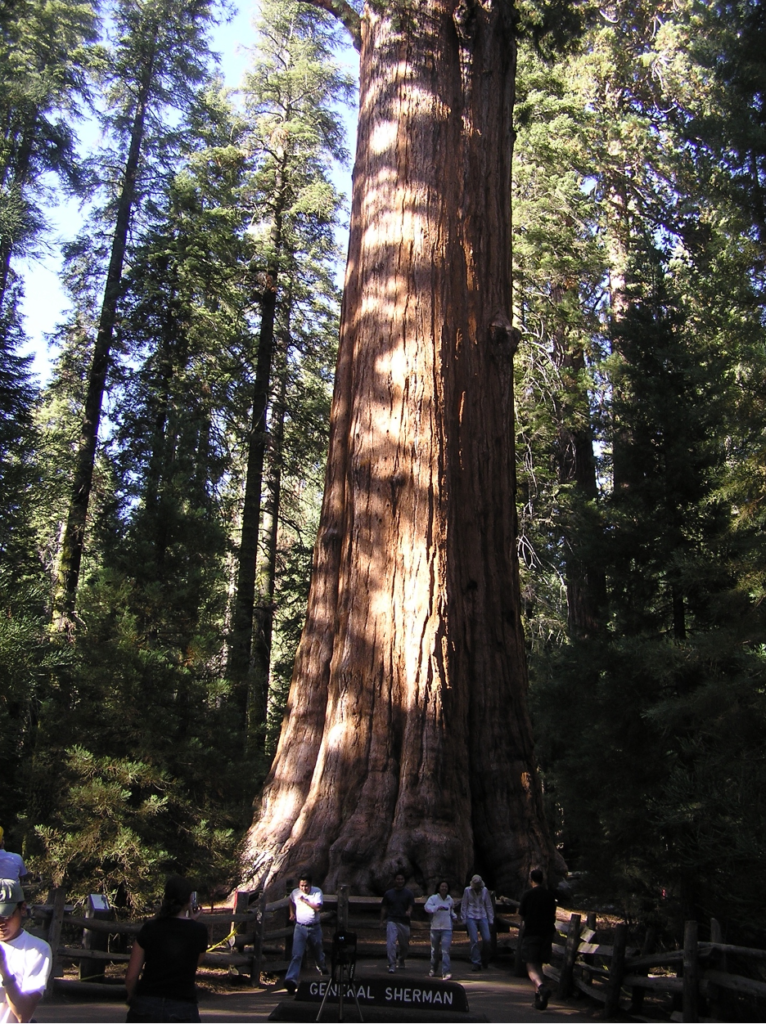

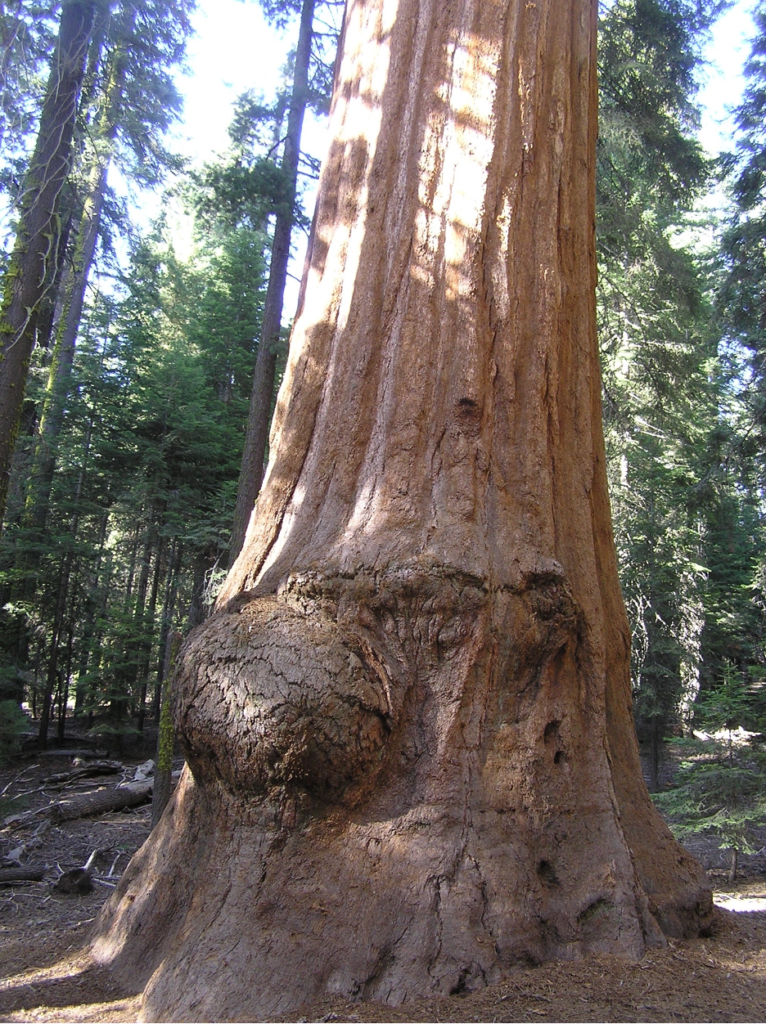
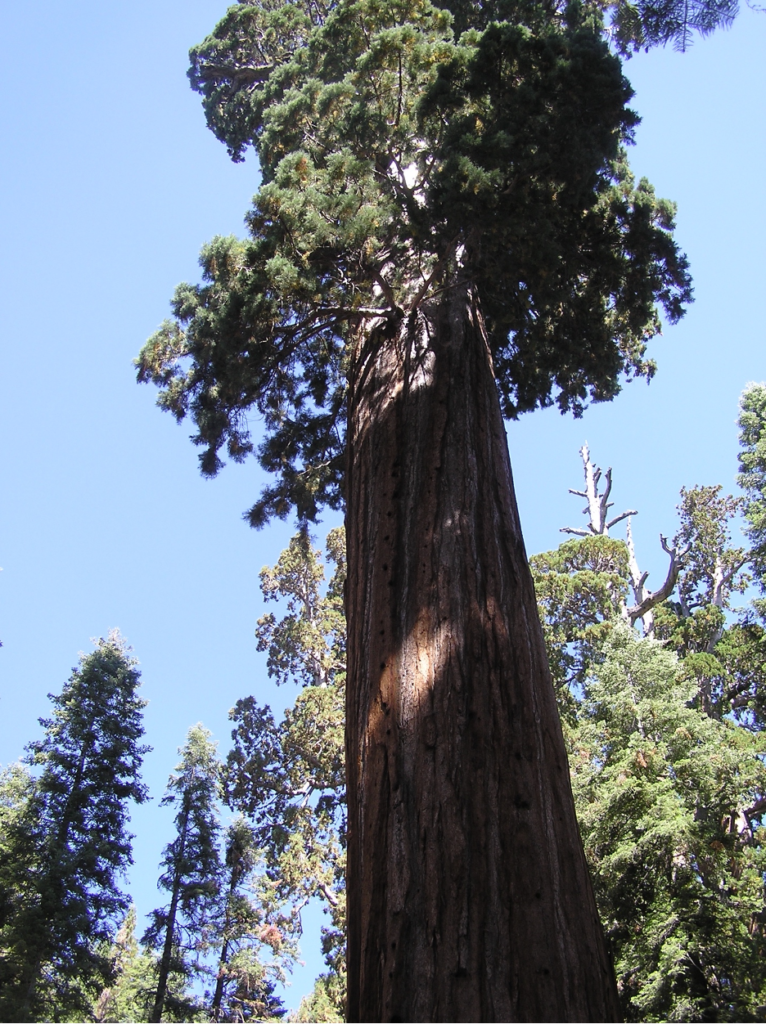










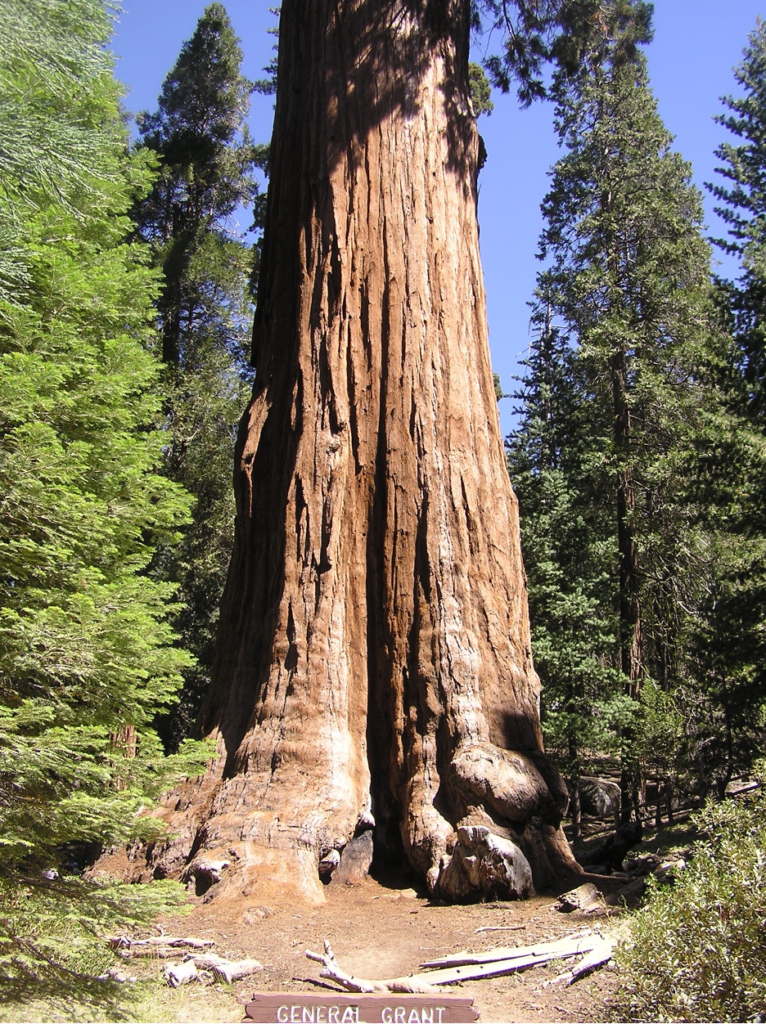
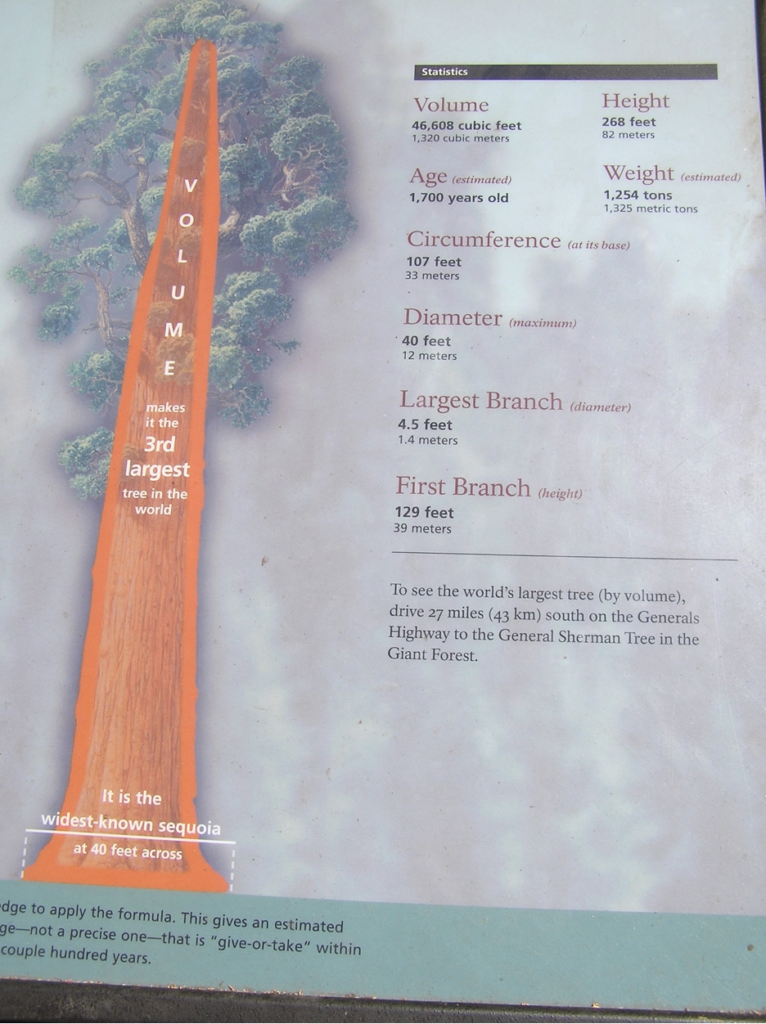




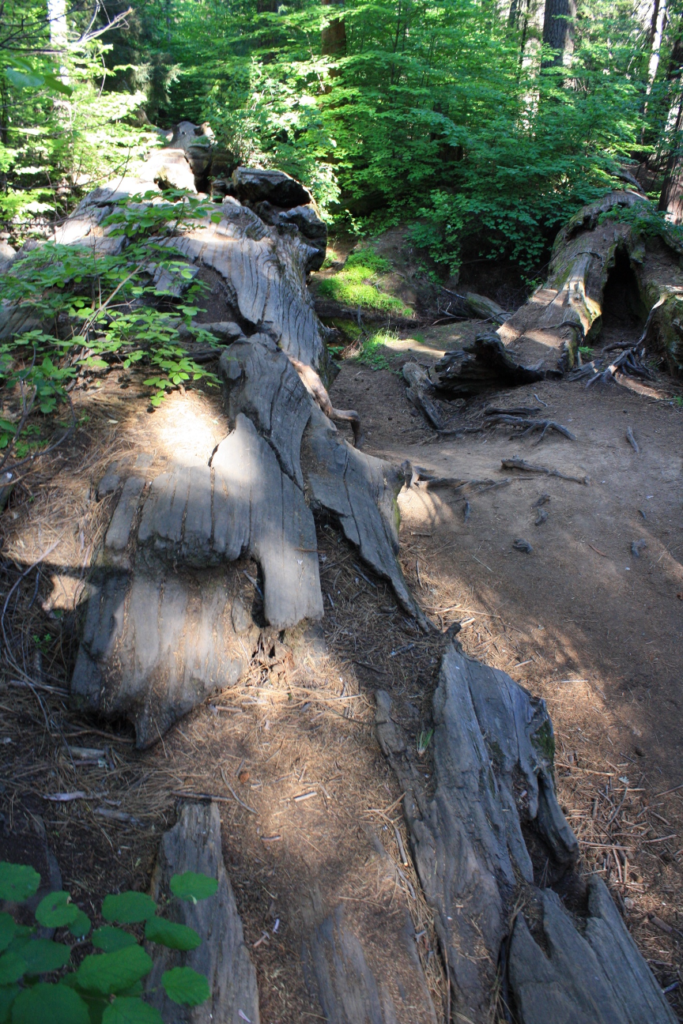
Click on the next page to walk through Big Basin Redwoods after the fire.
Here we are at Sequoia/Kings Canyon National Park and then the final five sequoia images are at Calaveras Big Trees…






















Click on the next page to walk through Big Basin Redwoods after the fire.